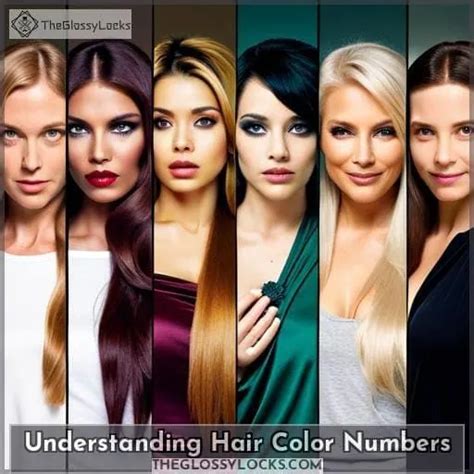Introduction
Hair color application has become a ubiquitous practice, with countless individuals seeking ways to enhance their natural hue or embrace a bold new look. This guide delves into the world of hair coloring, exploring techniques, trends, and best practices to help you achieve your desired results.

Types of Hair Color Applications
1. Permanent Hair Color
- Impregnates the hair shaft with artificial pigments, providing long-lasting coverage that gradually fades over time.
2. Semi-Permanent Hair Color
- Deposits pigments that adhere to the hair’s outer cuticle layer, lasting up to 20 washes. Fades more gradually than permanent color.
3. Demi-Permanent Hair Color
- A hybrid between permanent and semi-permanent, demi-permanent color penetrates the hair slightly deeper, providing coverage that lasts up to 26 washes.
4. Temporary Hair Color
- Includes hair chalk, sprays, and rinses that deposit pigments on the surface of the hair, offering instant color that washes out with the next shampoo.
Choosing the Right Color for Your Hair Type
Skin Tone
- Cool skin tones suit ash, blue-based colors and warm skin tones flatter golden, red-based hues.
Natural Hair Color
- Darker hair requires more bleaching or lightening to achieve lighter shades, while lighter hair can be more easily deepened.
Hair Texture
- Fine hair may be susceptible to damage from bleach, while thick hair can withstand more aggressive treatments.
Step-by-Step Hair Color Application Guide
1. Prepare Your Hair
- Wash your hair with a clarifying shampoo and avoid using conditioner.
- Conduct a strand test to determine the appropriate processing time.
2. Mix the Hair Color
- Follow the manufacturer’s instructions for mixing the color and developer.
3. Apply the Hair Color
- Begin applying the color to the roots and work your way through the rest of the hair.
- Use a brush or applicator to evenly distribute the color.
4. Process the Hair Color
- Allow the color to process for the time specified by the manufacturer. Time varies based on the hair type and color formula.
5. Rinse and Condition
- Rinse your hair thoroughly with water until the water runs clear.
- Apply a deep conditioner to replenish moisture and protect the hair.
Common Hair Color Application Trends
1. Balayage
- A freehand painting technique that creates natural-looking highlights and lowlights.
2. Ombré
- A gradual transition from dark roots to lighter ends.
3. Sombre
- A subtle variation of ombré with less contrast between the roots and ends.
4. Babylights
- Ultra-fine highlights that add natural-looking dimension to the hair.
Tips and Tricks for Successful Hair Color Application
- Use a color-protecting shampoo and conditioner to maintain your new hue.
- Invest in a professional hair dryer to prevent damage from heat styling.
- Avoid over-processing your hair. Allow ample time between color treatments to prevent breakage.
- Consider a pre-color treatment to strengthen your hair and protect it from damage.
- Protect your hair from sunlight by using hairspray with UV protection.
- Consult with a professional hair stylist to determine the best color application strategy for your individual needs.
Conclusion
Hair color application can be a transformative experience that allows you to express your style and enhance your natural beauty. By understanding the different techniques, trends, and best practices outlined in this guide, you can achieve your desired hair color with confidence and care for your hair’s health. Embrace the power of hair color and enjoy a vibrant, eye-catching look that reflects your unique personality.
